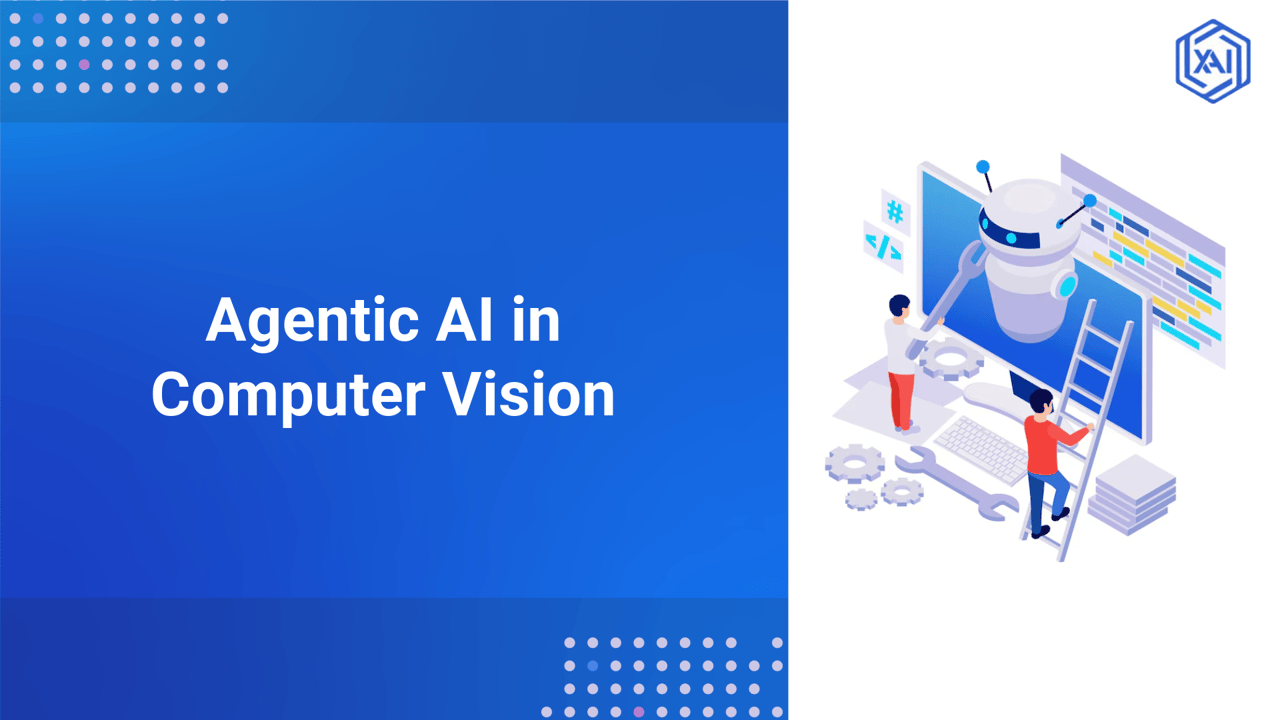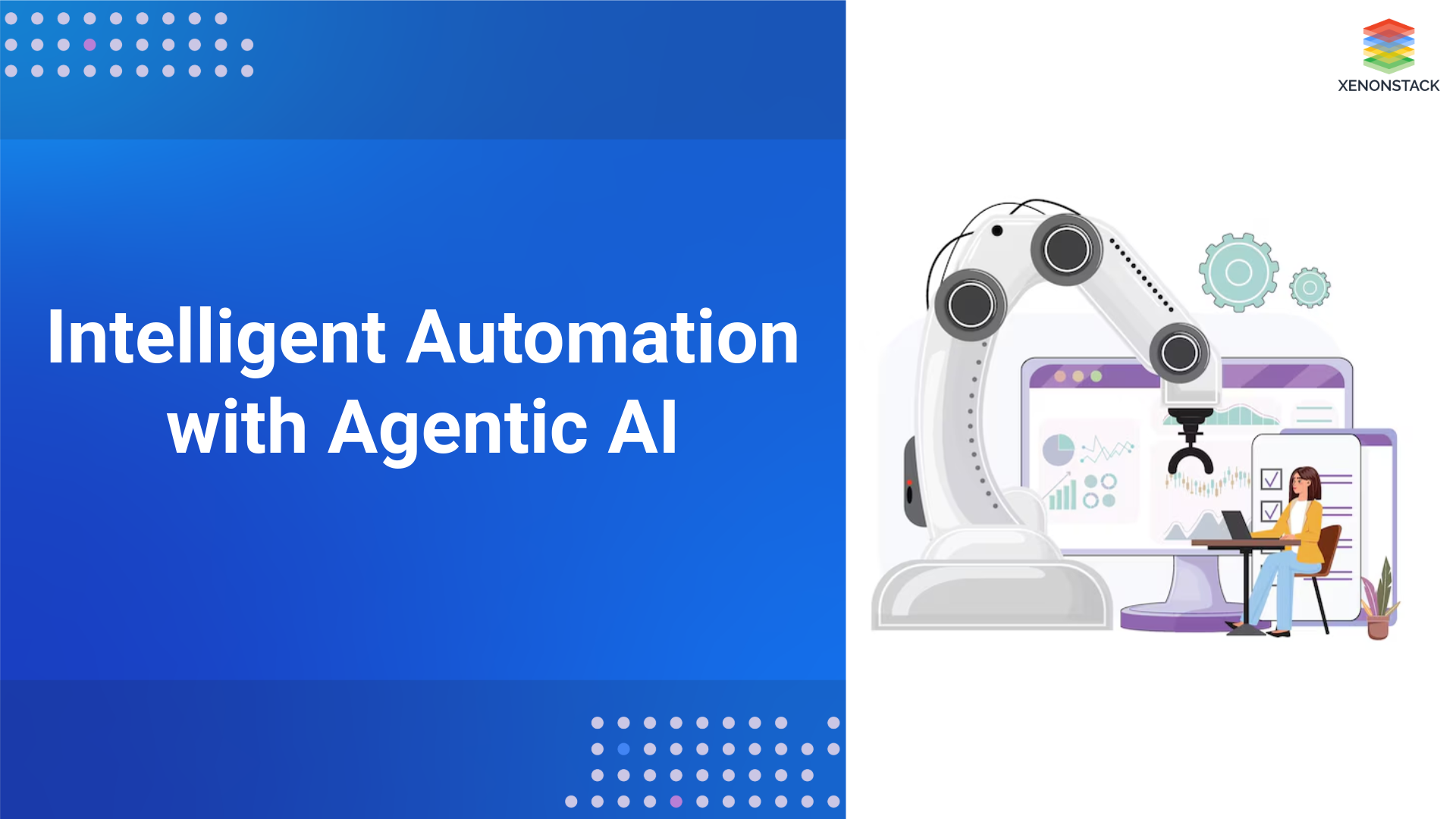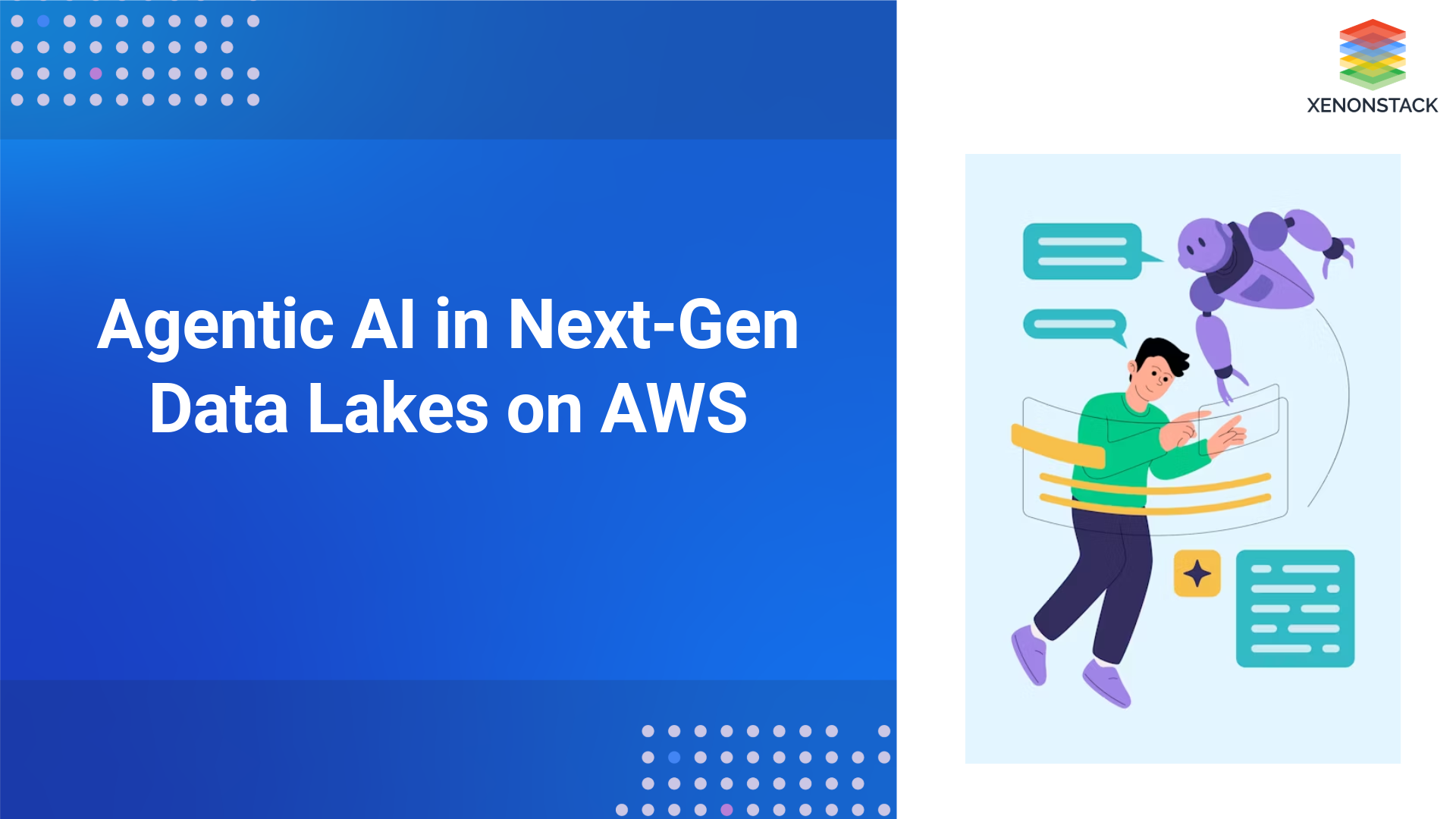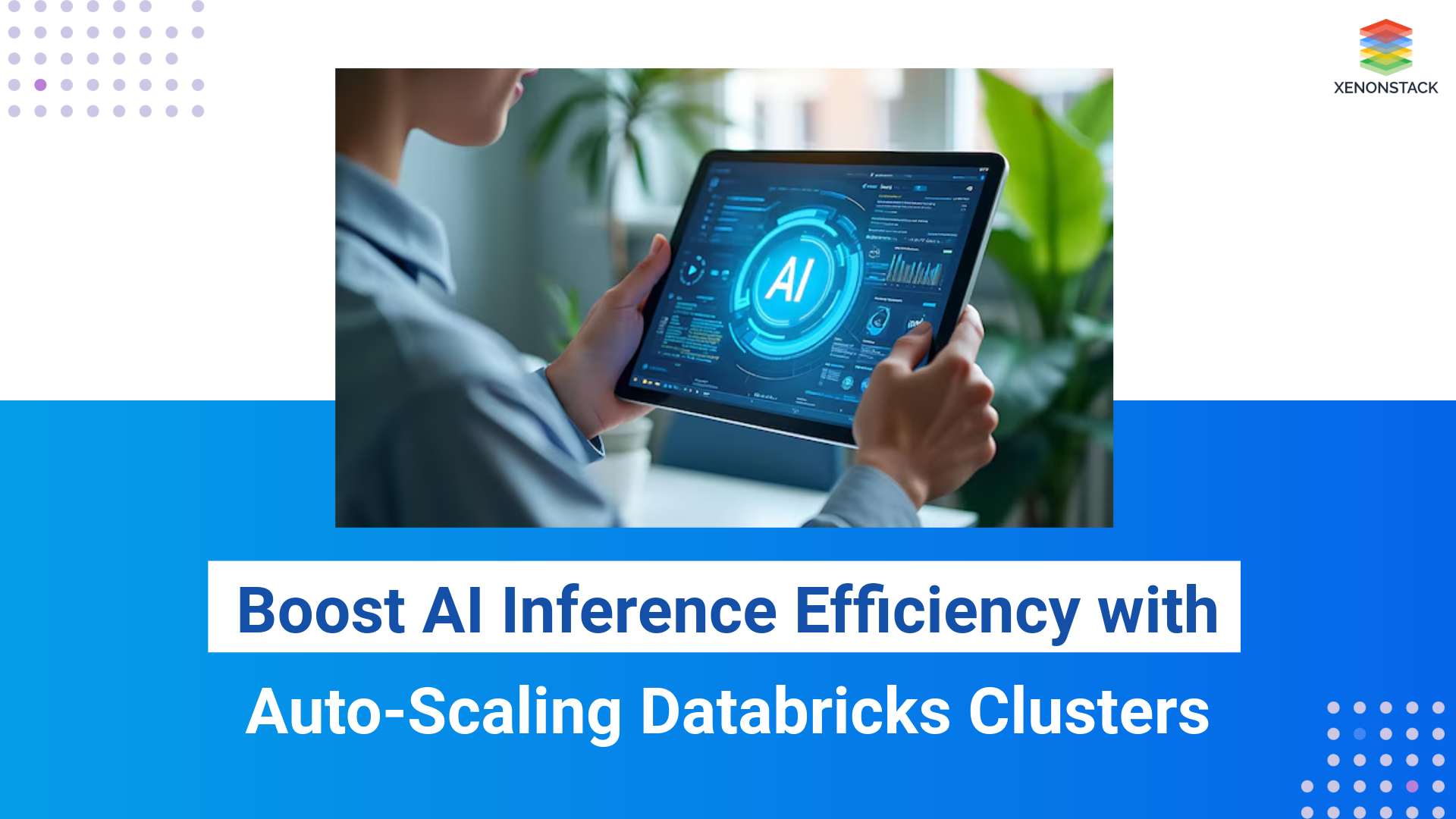
Agentic AI is fundamentally altering the landscape of computer vision by enabling machines to do more than merely observe their environment—they can now act upon it. Unlike generative AI, which is designed to create new visual content, Agentic AI enhances systems with the ability to analyze visual data, make decisions, and autonomously execute actions. This leap forward merges perception with action, making real-time responses to dynamic environments possible, much like in 3D vision in computer vision, where depth and spatial understanding are essential for autonomous actions.
Unlocking New Possibilities: The Rise of Agentic AI
Agentic AI is poised to revolutionize industries by unlocking new levels of automation, efficiency, and innovation. Its influence can be seen across a variety of sectors, from self-driving cars navigating traffic using advanced computer vision techniques to robots optimizing manufacturing workflows by leveraging Vision Transformers (ViTs) for faster and more accurate object detection. Additionally, augmented reality (AR) and virtual reality (VR) are now being integrated with Agentic AI to create more immersive environments that assist decision-making, making them crucial for industries like healthcare and retail.
By transforming how machines interpret and interact with the world, Agentic AI is paving the way for more intelligent, autonomous systems capable of real-world impact. For example, Agentic AI systems are increasingly being used to monitor and adjust traffic flow in smart cities through anomaly detection in images and videos, ensuring smoother commutes and safer environments.
What is Agentic AI? Key Components Explained
At its core, Agentic AI is a category of artificial intelligence systems that operate as independent agents. These systems have the ability to make decisions, set goals, and take actions without constant human oversight. They leverage machine learning, computer vision, and decision-making algorithms to function autonomously, adapting to changes in their environment as they perform tasks. The key components of Agentic AI can be described as:
-
Autonomous Reasoning: Agentic AI systems are capable of reasoning on their own to make decisions, often based on real-time data and in the context of dynamic environments. This reduces the need for continuous human input.
-
Goal-Oriented Behavior: Agentic AI defines and pursues specific objectives, adjusting strategies along the way to ensure those goals are met efficiently and effectively.
-
Dynamic Responsiveness: A hallmark of Agentic AI is its ability to respond in real-time to environmental changes, making it highly adaptive to new situations, threats, and opportunities. Generative Adversarial Networks (GANs) for image synthesis are often used to simulate various real-world scenarios to improve system performance.
This concept draws from and builds upon the visual recognition capabilities of computer vision, but goes beyond by adding autonomous decision-making and action. In essence, Agentic AI uses visual data not only to "see" the world, but also to interpret and engage with it, taking action as needed to achieve set goals.
How Computer Vision Powers Agentic AI Systems
Computer vision is the technological foundation that empowers agentic AI systems to "see" and perceive the world. By processing and analyzing visual input, computer vision systems provide the necessary perception for machines to make informed decisions. Some of the core capabilities of computer vision that are integrated into agentic AI include:
-
Object Detection and Recognition: This enables AI systems to identify and categorize objects within visual data. The ability to recognize specific objects—whether a person, vehicle, or tool—is fundamental for real-time decision-making.
-
Scene Understanding: Beyond identifying objects, computer vision also allows for the interpretation of spatial relationships and context within a scene. This capability enables the AI to understand not just what is present, but how those elements interact with each other and their environment.
-
Motion Analysis and Tracking: In dynamic environments, it’s crucial to track moving objects and changes over time. Motion analysis helps AI systems monitor these changes, whether it’s the movement of a vehicle or a person in a security setting.
These capabilities form the basis for agentic AI’s ability to analyze the world and take action. In conjunction with intelligent decision-making algorithms, they provide a platform for autonomous systems to respond to changing conditions and drive outcomes without needing human intervention.
The Synergy Between Agentic AI and Computer Vision
The real power of agentic AI lies in the synergy between computer vision and autonomous decision-making. By combining the ability to perceive the environment with the capability to reason and take action, agentic AI systems can achieve complex objectives in dynamic settings. This fusion enables several advanced capabilities, some of which include:
-
Autonomous Navigation: One of the most well-known applications of agentic AI is in autonomous vehicles. These self-driving cars use computer vision to gather data about their surroundings—such as detecting obstacles, road signs, and pedestrians—and agentic AI to navigate through traffic and adjust driving strategies in real-time.
-
Intelligent Surveillance: Security systems powered by agentic AI can detect suspicious behavior or security threats in real-time. Using computer vision to analyze video feeds, these systems can autonomously identify potential risks and alert security personnel or even respond to mitigate the threat without human intervention.
-
Adaptive Robotics: Robots in manufacturing or logistics environments can use computer vision to identify defective products, detect obstacles, or monitor supply chains. Agentic AI enables these robots to autonomously adjust their actions based on changing conditions, such as recalibrating production processes to ensure quality or changing the path of movement to avoid bottlenecks.
Together, computer vision and agentic AI offer highly advanced, flexible systems capable of responding to a wide range of real-world challenges in real time, driving the next wave of automation.
Real-World Applications of Agentic AI in Computer Vision
Agentic AI in computer vision has the potential to disrupt and enhance a wide array of industries. Below are some of the most impactful use cases where agentic AI systems are already making a difference:
Manufacturing: Proactive Quality Control
In manufacturing, ensuring the quality of products is paramount. Traditional quality control processes often rely on human inspectors to identify defects, which can be both time-consuming and prone to error. With agentic AI, visual data from production lines can be continuously analyzed to detect defects in real-time. If a defect is identified, the system can autonomously adjust machinery settings to prevent further errors, reducing waste and improving overall product quality. This proactive approach helps to optimize the production process and ensure consistent quality standards.
Healthcare: Autonomous Diagnostic Assistance
In the healthcare sector, agentic AI is making strides in diagnostic imaging. By analyzing medical images such as X-rays, MRIs, and CT scans, AI systems can help identify signs of diseases like cancer or fractures. Furthermore, these systems can prioritize urgent cases and recommend potential treatment options based on their analysis, assisting healthcare professionals in making faster, more accurate diagnoses. Autonomous diagnostic assistance is especially crucial in regions with limited access to healthcare professionals, where AI can augment the capabilities of medical staff.
Retail: Smart Inventory Management
Retail operations can benefit greatly from agentic AI, particularly in inventory management. In large stores or warehouses, agentic AI-powered robots equipped with computer vision can scan shelves to monitor stock levels, detect misplaced items, and identify low-stock products. These robots can autonomously restock shelves or alert staff to areas requiring attention, thus optimizing inventory management and improving operational efficiency. Additionally, by understanding customer behavior and shopping patterns, these systems can adjust product placement to maximize sales.
Smart Cities: Adaptive Traffic Management
Traffic congestion is a persistent issue in urban areas. Agentic AI can analyze live video feeds from traffic cameras to assess traffic flow and congestion levels. Based on real-time analysis, AI systems can autonomously adjust traffic signals, reroute traffic, and optimize intersections to reduce bottlenecks. These intelligent traffic management systems contribute to reduced travel times, decreased emissions, and improved urban mobility overall.
Business Benefits of Agentic AI in Computer Vision
The integration of agentic AI into computer vision technologies offers businesses numerous advantages, including:
Challenges and Considerations in Deploying Agentic AI
While the potential benefits of agentic AI are vast, several challenges must be addressed to ensure its responsible and effective deployment:
-
Ethical Concerns: Ensuring fairness, transparency, and accountability in AI decision-making is crucial. Systems must be designed to avoid bias and to provide clear reasoning for their actions.
-
Safety Risks: Autonomous systems operating in complex environments must be able to respond to unexpected situations without endangering human lives or causing harm. Rigorous testing and fail-safes must be in place to mitigate risks.
-
Data Privacy: Agentic AI systems often rely on large datasets, which may contain sensitive personal information. Protecting this data and adhering to privacy regulations is essential.
-
Regulatory Compliance: As AI continues to advance, evolving regulations will likely be implemented to govern its use. Businesses must navigate these regulations to ensure compliance and avoid legal issues.
Future Trends in Agentic AI and Computer Vision
The future of agentic AI in computer vision looks promising, with several key trends on the horizon:
Edge Computing
As AI models become more complex, the need for faster, more responsive decision-making is driving the adoption of edge computing. By processing data locally on devices (such as robots or cameras), edge computing reduces latency and improves real-time performance.
Explainable AI (XAI)
There is a growing demand for AI systems that can explain their decision-making process. Developing explainable models will foster greater trust and transparency, making it easier for users to understand the reasoning behind AI actions.
Human-AI Collaboration
While full autonomy is often the goal, many industries will benefit from collaborative systems that combine human expertise with AI decision-making. These systems will allow humans and AI to work in tandem, leveraging the strengths of both.
The Growing Impact of Agentic AI on Automation
Agentic AI represents a significant leap forward in the field of computer vision, transforming passive observation into active engagement with the environment. By combining perception, reasoning, and action, agentic AI systems are driving automation and innovation across a range of industries. From manufacturing and healthcare to retail and smart cities, the possibilities are vast.
As this technology evolves, businesses must continue to address ethical, safety, and privacy concerns to ensure responsible deployment. However, the future of agentic AI is incredibly promising, with the potential to create safer, more efficient, and intelligent systems that can make a real-world impact.
Next Steps in Implementing Agentic AI Systems
Talk to our experts about implementing Agentic AI systems. Learn how industries and different departments use Agentic AI workflows and decision-making capabilities to become decision-centric. Utilizes Agentic AI to automate and optimize IT support and operations, improving efficiency and responsiveness.



